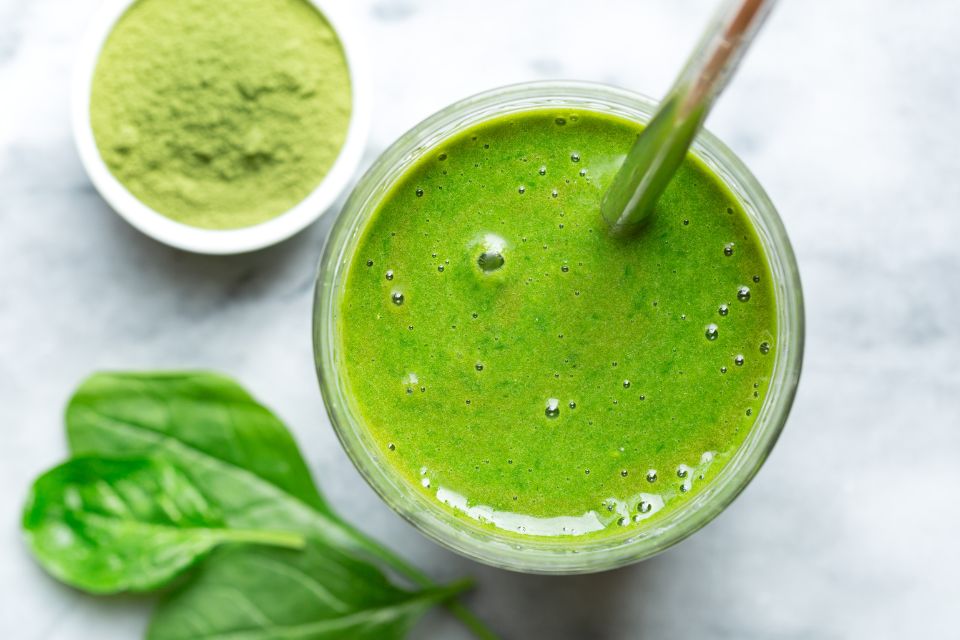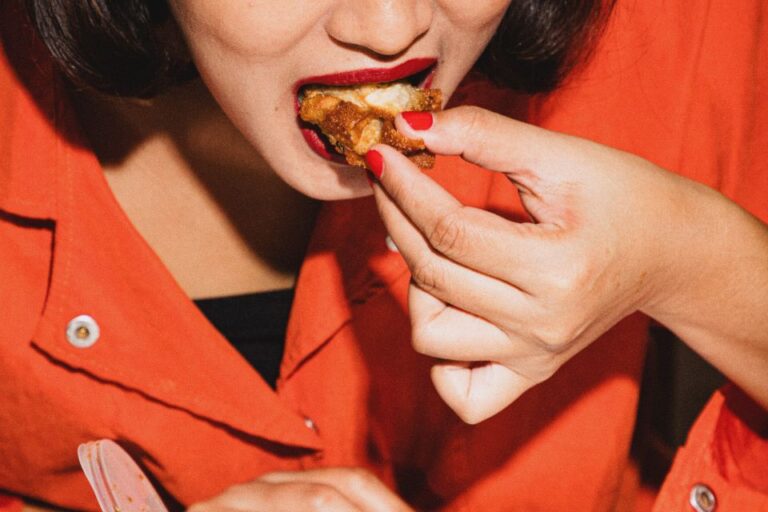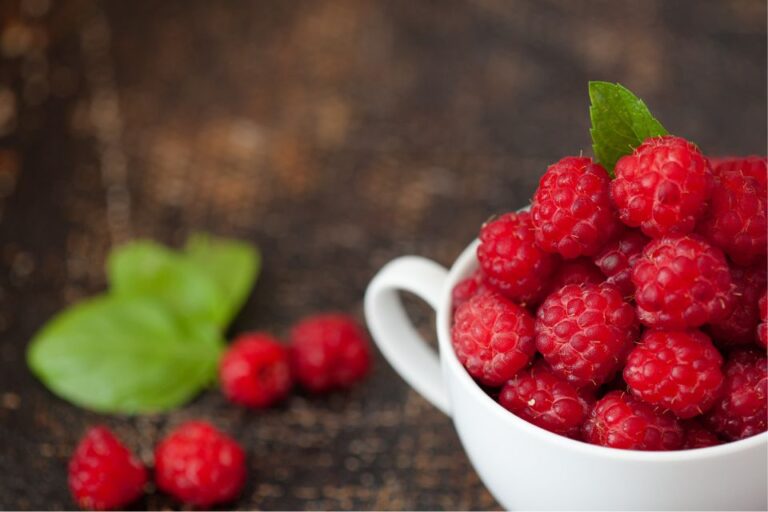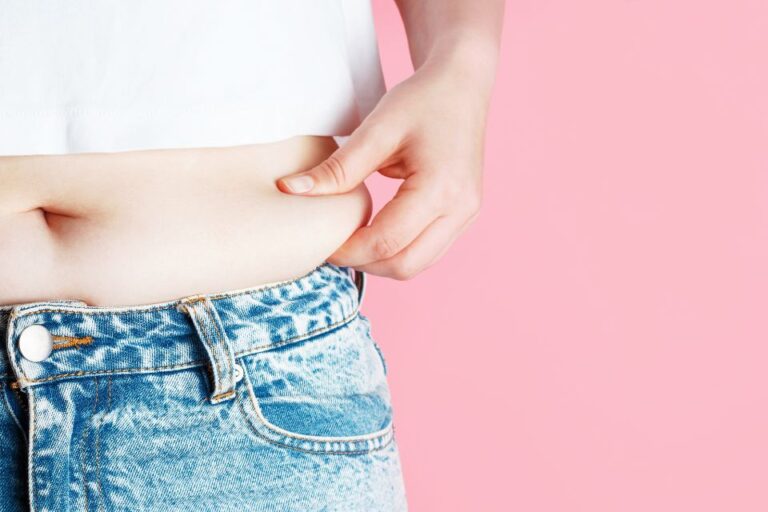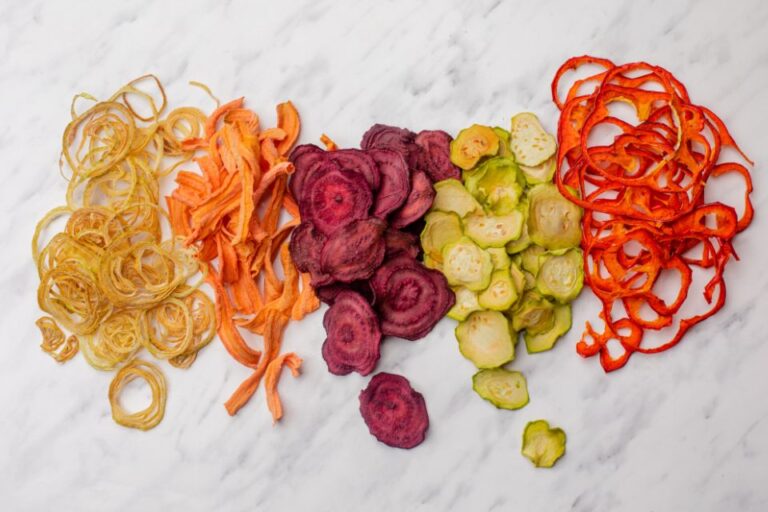The Best Keto Fiber Foods to Add to Your Diet
Many people succeed in losing weight on the popular keto diet, but adequate fiber consumption is often a struggle when carbohydrate intake is decreased.
This important nutrient can improve heart and digestive health and blood sugar levels, as well as increase the likelihood of long-term weight loss maintenance. So, if you want to achieve greater balance and wellness, you need to add these keto-fiber foods to your diet as soon as possible!
What Is the Keto Diet?
The ketogenic diet originated in the 1920s as a treatment for epilepsy. (1) In recent years it’s reemerged as a popular variant on the common low-carb weight loss diet.
The goal of the keto diet is to bring dieters into ketosis through carbohydrate restriction. Ketosis is a metabolic process that allows the body to use fats instead of glucose (carbohydrates and sugars) for energy when no glucose is available. For people who enjoy high-fat foods, a keto diet can be effective. Research indicates it’s potentially useful for long-term weight loss. (2)
Are You Eating Enough Fiber on Keto?
One possible drawback of the keto diet is that it eliminates many fiber-rich foods due to their high carb content. The highest fiber foods are carbohydrate sources like beans, whole grains, fruits, and vegetables. (3)
When following a standard keto diet format, you’ll get about 75% of your daily calories from fat sources like butter, meat, cheese, and oils. The remaining calories come from protein and low-carb vegetables and fruits.
While it may be challenging to consume an appropriate amount of fiber on keto, it’s certainly not impossible.
How Much Fiber Do You Need Each Day?
The benefits of this nutrient for weight loss and general health are well-researched, and for this reason, the FDA and the American Heart Association recommend consuming at least 25 grams per 2000 calories.
There are two kinds of dietary fiber:
- Soluble fiber: It has been shown to decrease blood cholesterol levels. It’s found in fruits, veggies, beans, and whole grains. Aim for 20-30 grams, depending on your overall caloric intake.
- Insoluble fiber: It helps promote timely and complete bowel movements. Bran, grains, seeds, and fruit or vegetable peels are among the best sources. Experts recommend 6-8 grams per day. (4)
What Are the Best High Fiber Keto Foods?
Avocado
Avocado is a delicious, naturally occurring source of both fat and fiber, making it an ideal keto food! One whole avocado contains 13 grams of fiber or over half of the recommended daily goal.
Eating avocado every day while following a keto regimen is one of the best ways to ensure a healthy digestive system. Fortunately, it’s a very versatile food.
Nuts and seeds
Nuts and seeds are rich in fiber and minerals. They’re also portable and shelf-stable, making for great on-the-go snacking. Here’s how much fiber you’ll find per ounce in some easy-to-find nuts and seeds:
- Pumpkin seeds – 2 grams
- Pecans – 3 grams
- Flaxseeds – 8 grams
- Chia seeds – 10 grams
- Almonds – 3.5 grams
Cruciferous vegetables
You should already be eating as many vegetables as possible in a balanced keto diet, but focusing on cruciferous vegetables, in particular, can help to increase your daily fiber intake. Cruciferous vegetables are excellent sources of micronutrients, so they can help fill in any deficiencies in vitamin and mineral levels as well. Check out the fiber content of eight-ounce servings of some common cruciferous veggies:
- Arugula – 4 grams
- Broccoli – 6 grams
- Cabbage – 5 grams
- Cauliflower – 6 grams
- Kale – 4.5 grams
- Brussels sprouts – 9 grams
- Spinach – 5 grams
Berries
In moderate quantities, berries are one of the best low-carb, high-fiber fruits to incorporate into the keto diet. This is a good thing since they’re an excellent source of antioxidant phytochemicals, plus they’re a healthy way to satisfy your sweet tooth. Here’s the amount of fiber you’ll find in a 6-ounce serving:
- Raspberries – 10.5 grams
- Blackberries – 9 grams
- Blueberries – 4 grams
How to Incorporate Keto Fiber Sources Into Your Diet
Here are simple ways to add these low-carb, high-fiber foods to your diet, with options for every meal. Some will be very familiar, and some may require you to step outside of your comfort zone a little bit.
Guacamole
Mash up fresh avocado with garlic, lime juice, cilantro, and jalapeno and serve it as a topping for grilled meat or eggs, or enjoy it as a dip with fresh vegetables and low-carb crackers.
Green smoothies
It’s easy to incorporate greens into your diet when you can drink them! Try adding spinach, baby kale, or even riced cauliflower to your favorite keto smoothie recipe. You can also sneak in some ground flax seeds. Be sure to use a high-powered blender and blend very well after adding each ingredient for the best texture.
Chia pudding
Combine chia seeds with full-fat coconut milk or heavy cream (plus your favorite zero-carb sweetener and other flavorings like cinnamon or vanilla extract) to make a sweet, creamy treat packed with insoluble fiber. Chia seeds absorb liquid to create a tapioca-like dessert. They’re also a great source of protein.
Roasted broccoli
Broccoli can be bland for some, but roasting it elevates the flavor immensely. Use plenty of oil and spices and bake at 425 degrees for the best results. Serve alongside any main dish, and don’t hesitate to include it with breakfast alongside scrambled eggs or in a frittata.
Cauliflower mash
Cauliflower mash is a popular substitute in the keto world for mashed potatoes. One of the best things about the keto diet is that you’re free to enjoy it with bacon, cheese, and sour cream.
Homemade trail mix
Mix together your favorite nuts and seeds (raw or toasted) in a jar or reusable snack bag to make a portable snack.
Supplemental flaxseed
A simple way to guarantee that you get enough nutrients on busy days is to stir an ounce of ground flaxseed into water and drink it. This approach is cheaper and less processed than many drinkable supplements, but it serves the same purpose.
As you can see, meeting your fiber needs while on a keto diet can be simple to do if you focus on the right foods and pay attention to getting some in at every meal and snack. Tracking your eating habits through an app for a week can help you gauge your current consumption and work towards the goal of 25 grams per 2000 calories. Be sure to pair increased fiber intake with adequate hydration as well.
References
1. History of the Ketogenic Diet. (2008, November 1). Retrieved from https://pubmed.ncbi.nlm.nih.gov/19049574/?from_term=ketogenic&from_page=2&from_pos=1
2. Very-low-carbohydrate Ketogenic Diet v. Low-Fat Diet for Long-Term Weight Loss: A Meta-Analysis of Randomised Controlled Trials. (2013, October 1). Retrieved from https://pubmed.ncbi.nlm.nih.gov/23651522/?from_term=ketogenic+diet+weight&from_pos=1
3. Davis, J. L. (2003, October 13). Top 10 Sources of Fiber. Retrieved from https://www.webmd.com/diet/features/top-10-sources-of-fiber
4. UCSF Health. (2019, October 31). Increasing Fiber Intake. Retrieved from https://www.ucsfhealth.org/education/increasing-fiber-intake

